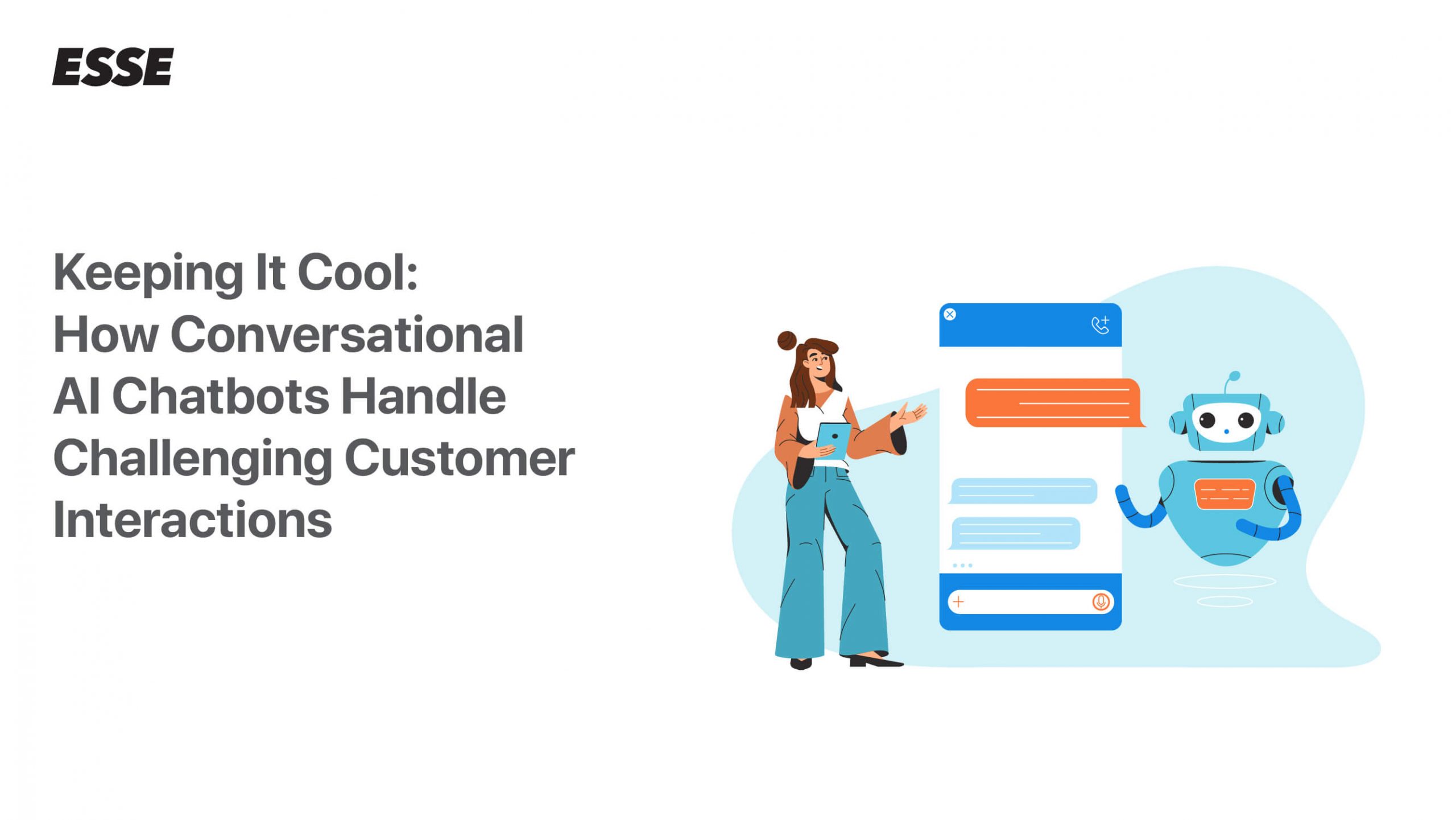In today’s age of instant gratification, customers expect quick and satisfactory resolutions to their concerns. However, when things don’t go according to plan, customers can get upset and angry. This can be a challenging situation for customer service representatives who have to deal with frustrated customers on a daily basis. In recent years, conversational AI chatbots have emerged as an alternative solution to human customer service representatives. But the question remains: are they capable of dealing with angry customers?
The short answer is yes, conversational AI chatbots can effectively handle angry customers. Thanks to their advanced natural language processing (NLP) capabilities, chatbots can understand and analyze the tone and sentiment of the customer’s message. This allows the chatbot to respond in a personalized and empathetic manner, acknowledging the customer’s frustration and offering a resolution to the problem.
However, it’s important to note that chatbots may not always be able to resolve the issue entirely. In such cases, it’s important for the chatbot to escalate the issue to a human customer service representative who can provide a more detailed and personalized response. This is why many companies use a hybrid approach, with chatbots handling basic inquiries and frequently asked questions, and human representatives stepping in for more complex issues.
So, how do chatbots deal with angry customers? Here are some strategies:
- Acknowledge the customer’s frustration: When a customer is angry, it’s important to let them know that their feelings are valid. Chatbots can use empathy statements like “I’m sorry to hear that you’re feeling frustrated” or “I can understand why you’re upset”.
- Offer a solution: Once the chatbot has acknowledged the customer’s frustration, it’s important to offer a solution to the problem. This can be in the form of troubleshooting steps, a refund, or a discount code for their next purchase.
- Escalate the issue: If the chatbot is unable to resolve the issue, it’s important to escalate the issue to a human representative. The chatbot should provide the customer with information on how to contact a human representative, such as a phone number or email address.
Conversational AI chatbots are capable of dealing with angry customers and their advanced NLP capabilities allow them to understand and analyze the tone and sentiment of the customer’s message, and respond in a personalized and empathetic manner. However, it’s important to remember that chatbots may not always be able to resolve the issue entirely, and a human representative may be necessary for more complex issues.


Leave a Reply